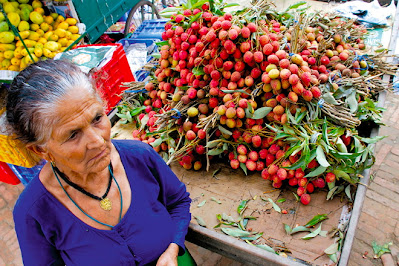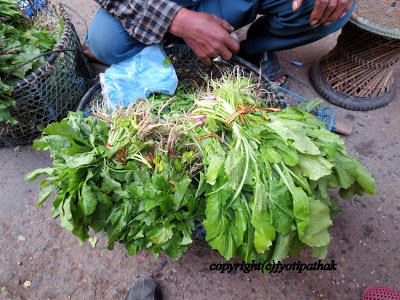Lists of most common fruits of Nepal (Nepali-English)
Lists of most common fruits of Nepal (Nepali-English) (Phalphulharu) Aanp - Mango Ainselu - Raspberry (yellow, red, black) Alubukhara - Plum Amalaa - Gooseberry Ambaa or Ammaa - Guava Anaar - Pomegrante Angoor - Grape Anjir - Fig Aru – Peach Bayar - Indian Plum, Chinese Date Bel - Wood Apple Bhogate -Pummelo, Pomilo Bhuin Katahar – Pineapple Bimiro – Citron Chaaksi - Mild Orange Chutro – Barberry Chinia Naspaati – Chinese Pear Daakh – Grape Daarim – Pomegranate Haade Bayer - Bead Plum Haade Okhar - Thick-shell black walnut Haluaabed - Persimmon Jaamun – Black Plum, Java Plum Junaar - Junar Orange Jyaamir - Lemon (very sour) Kaathe Jyamir – Rough Lemon – (Citrus jambhiri) Kaalo Jyamir – Rough Lemon ( Chook-amilo Lemon) Kaagati - Lime - (green) Kaaphal -Bay-Berry Kera - Banana Khajoor - Date Kharbooza - Musk Melon Khurpaani - Apricot Kimbu - Mulberry (black, red) Lapsi -Nepalese Hog Plum Lichi - Lichee Fruit Loquat –Loquats Mausham...



.jpg)







Comments
Post a Comment